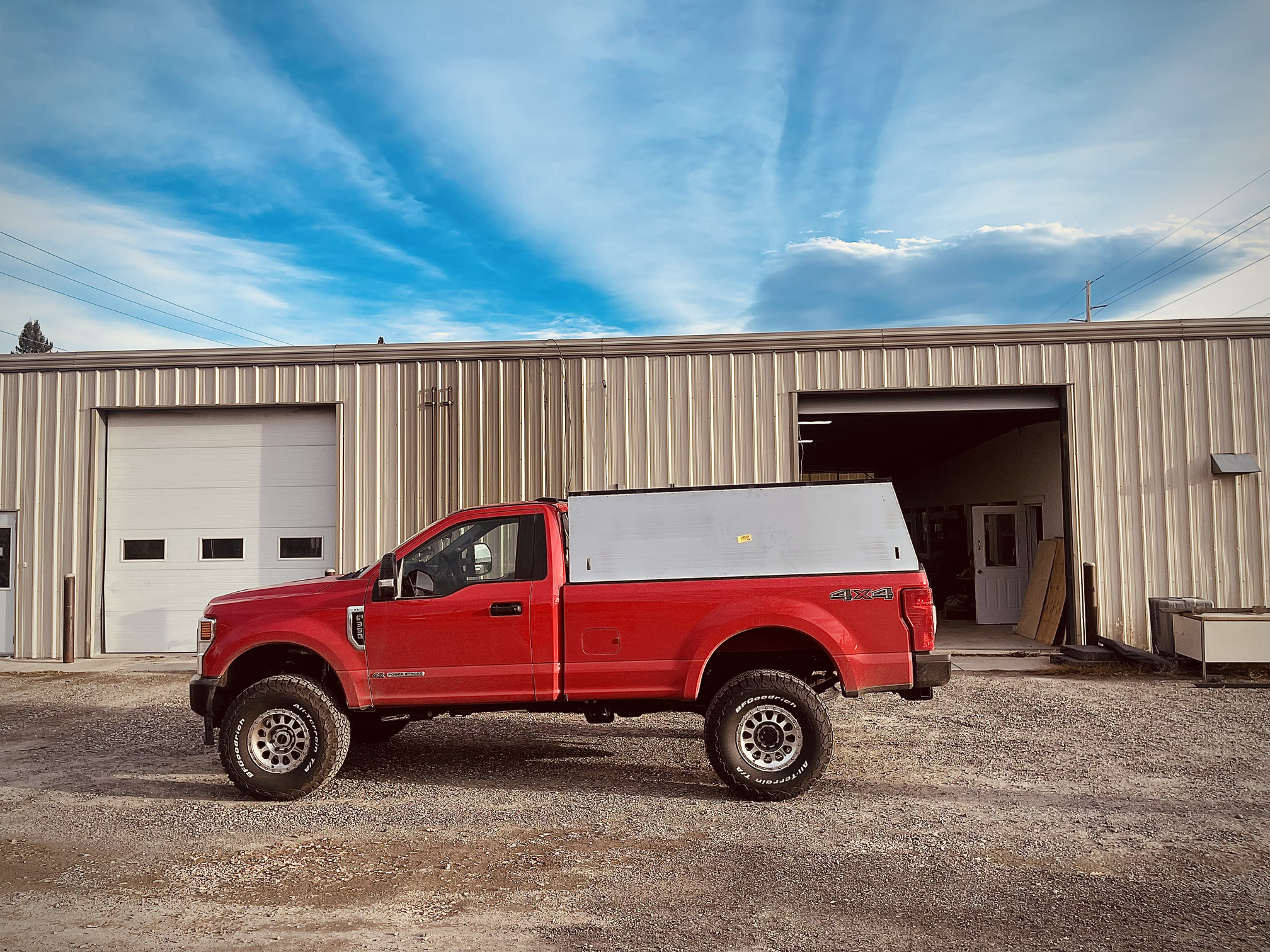Some math for those curious
The Ram 3500 has a frame section modulus of 9.3 in^3, tensile strength is 50,000 psi (or lb/in^2). Multiply the 2 and we have a max frame bending moment of 465,000 lb-in, or 38750 lb-ft.
In the wrecker example (3k lbs hanging 6' out back), bending moment was 18k lb-ft. To bend the frame, you'll need a bump generating 2.15g
If the camper was loaded so COG shifted a foot back (which is a LOT), you'll need a bump generating 6.46g. A 200 lbs bike 6' back on a hitch carrier is only 1200 lb-ft, or 3% of the Ram's frame strength - negligible.
The math is simplified, assuming bump stop contact, and all weight rests on the bump stop. In reality, a dynamic impact would load the spring hangers, shock mounts, and bump stop, resulting in less bending moment (multiple fulcrum points)
The Ram 3500 has a frame section modulus of 9.3 in^3, tensile strength is 50,000 psi (or lb/in^2). Multiply the 2 and we have a max frame bending moment of 465,000 lb-in, or 38750 lb-ft.
In the wrecker example (3k lbs hanging 6' out back), bending moment was 18k lb-ft. To bend the frame, you'll need a bump generating 2.15g
If the camper was loaded so COG shifted a foot back (which is a LOT), you'll need a bump generating 6.46g. A 200 lbs bike 6' back on a hitch carrier is only 1200 lb-ft, or 3% of the Ram's frame strength - negligible.
The math is simplified, assuming bump stop contact, and all weight rests on the bump stop. In reality, a dynamic impact would load the spring hangers, shock mounts, and bump stop, resulting in less bending moment (multiple fulcrum points)





